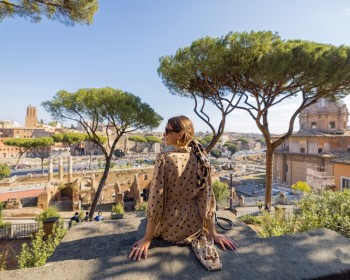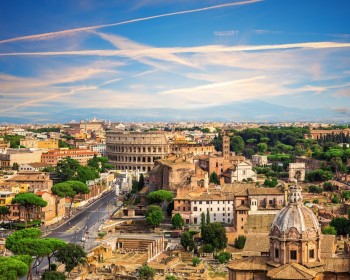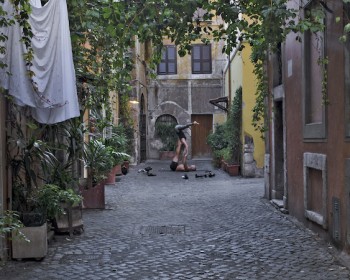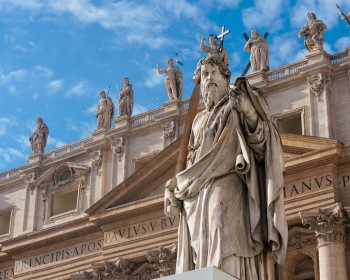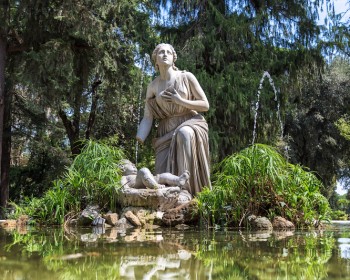-
A Roman Gladiator’s Profile
Gladiators were usually between 20 and 35 years old. Remember the average life for a man in the Ancient Rome’s times was about 40… Even the average height was shorter than today’s Romans: around 5’5”! - What was the real reason why Romans organized gladiators’ fights?
According to recent studies Emperors wanted gladiators to distract citizens from politics and keep them happy. They were also an effective propaganda means: Emperor Juvenal even created an expression for this strategy: “panem et circenses”, meaning “Bread and Circuses”. Be fed and entertained: this was all citizens needed! - Political Propaganda
Roman Gladiators fights were used by magistrates and Emperors to advertise and make themselves famous. Games in the arena became so important that the Senate passed a law forcing all emperors either to organize Gladiators games or erect a public building. Most Emperors chose games: that would grant them more consensus among the population. - Infamous
Most of gladiators were slaves or ex-slaves, but some were free men who fought as a job, with a proper contract, led by a proper manager. They were considered in the same way as prostitutes and actors and basically as any kind of outcasts. They were often referred to as “infamous” (people with bad reputation). - Sex symbol
Their fame as bad boys helped roman gladiators to become sex symbols. They were loved even by noble women, that would do anything to win their hearts. Like Eppia, a senator’s wife, who left his husband for a gladiator! - Women in disguise
Gladiators were not always men. There is evidence that some chose to follow in the footsteps of their male counterparts. But most of them were not slaves, foreigners or poor people who had to use their swords for money: most decided to become fighters of their own free will! - Blood-thirsty Audience
Before gladiators performed wild beasts had already fought and the audience had assisted to brutal death sentences. This meant that by then the audience was not so eager for blood anymore. - The power of consensus
Audience in the arenas played an essential role during performances. Everyone chose their favorite gladiator and supported him: this had to be taken into account by the Emperor, when deciding if keeping the gladiator alive or condemn him to death. Take the audience’s opinion into consideration helped them to keep their prestige high and was also a sign of his consensus.
- Let’s get to the main point: did thumbs up and thumbs down really exist?
Many scholars believe mercy was shown by Emperors in a very different way: putting the thumb inside their closed fist, as to symbolize a sword being put again in its scabbard. On the contrary, to sentence a gladiator to death emperors made a thumb up. It was only in the 19th century that people represented the Emperors in pictures, making the thumb down during fights. -
Vegetarians?
Archaeologists and other scholars analyzed the bones of gladiators living in Turkey and found out that they contained a high amount of strontium (contained in vegetal proteins) and a very low amount of zync (found in meat). Gladiators ate better than poor people, but they were not meat-eaters, like today’s athlets. Romans had understood which food was essential to keep their bones stronger and make them repair faster and mainly put tveggies and vegetal protens on their table.


